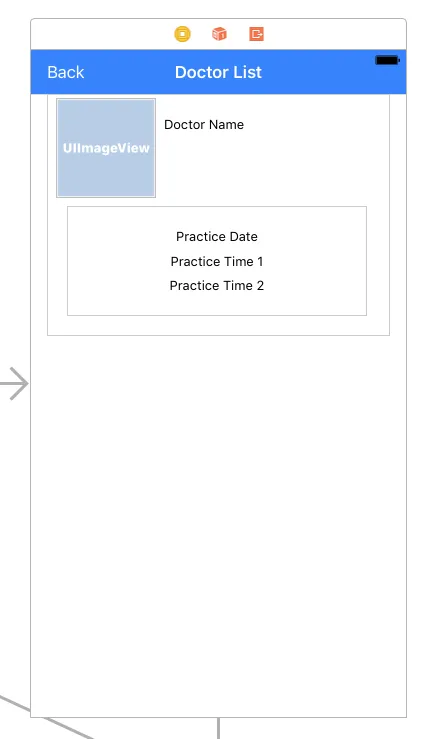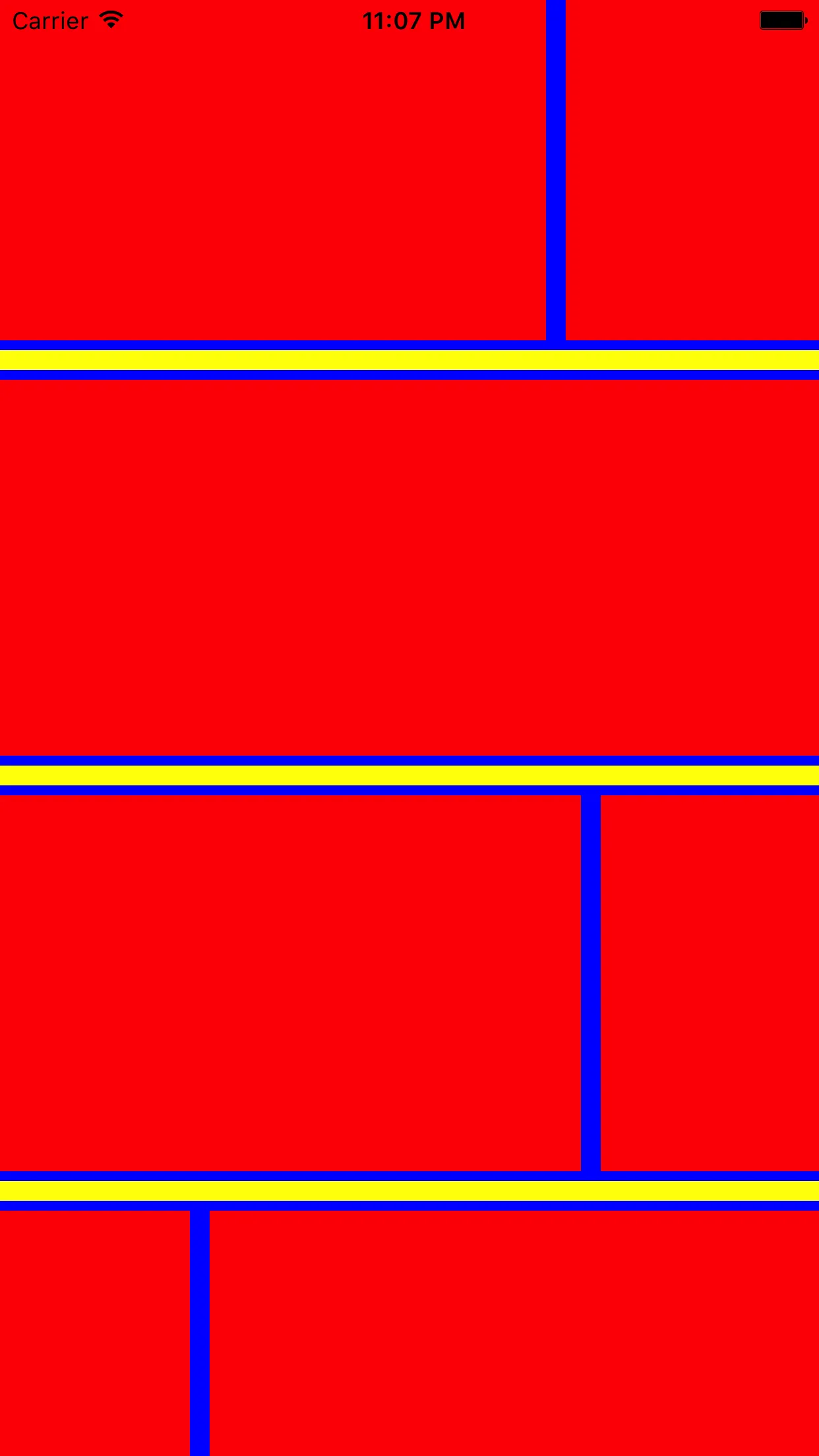我正在使用Swift为我所在的医院构建iOS应用程序。
某种程度上,在特定的功能中,我必须将一个UICollectionView放置在UICollectionViewCell中。我想要实现的是,每个父UICollectionView(垂直滚动)的内容都有几个子级(可以水平滚动),取决于父行。
举个例子,我必须显示医生列表(姓名和照片),然后在他们的姓名和照片下面显示他们的每个实践时间表。每位医生的实践时间表都会有所不同。因此,我必须将它放在UICollectionView中。
我已经尝试了网上找到的几种解决方案,但仍然无法解决问题。
最大的问题是:我不知道在何处加载子数据源(医生的时间表),以及何时可以加载它,因为我不能有像下面这样的两个函数:
某种程度上,在特定的功能中,我必须将一个UICollectionView放置在UICollectionViewCell中。我想要实现的是,每个父UICollectionView(垂直滚动)的内容都有几个子级(可以水平滚动),取决于父行。
举个例子,我必须显示医生列表(姓名和照片),然后在他们的姓名和照片下面显示他们的每个实践时间表。每位医生的实践时间表都会有所不同。因此,我必须将它放在UICollectionView中。
我已经尝试了网上找到的几种解决方案,但仍然无法解决问题。
最大的问题是:我不知道在何处加载子数据源(医生的时间表),以及何时可以加载它,因为我不能有像下面这样的两个函数:
collectionView(_ collectionView: UICollectionView, cellForItemAt indexPath: IndexPath) -> UICollectionViewCell
这是我想要实现的效果:
UIImage 和医生姓名 (UILabel) 放在父级 UICollectionViewCell 中(垂直滚动),然后盒子中的所有内容(练习日n和练习时间)都是子级 UICollectionView (水平滚动)。
PS:有许多医生,每个医生都有几个练习日。
请告诉我如何做到这一点。

